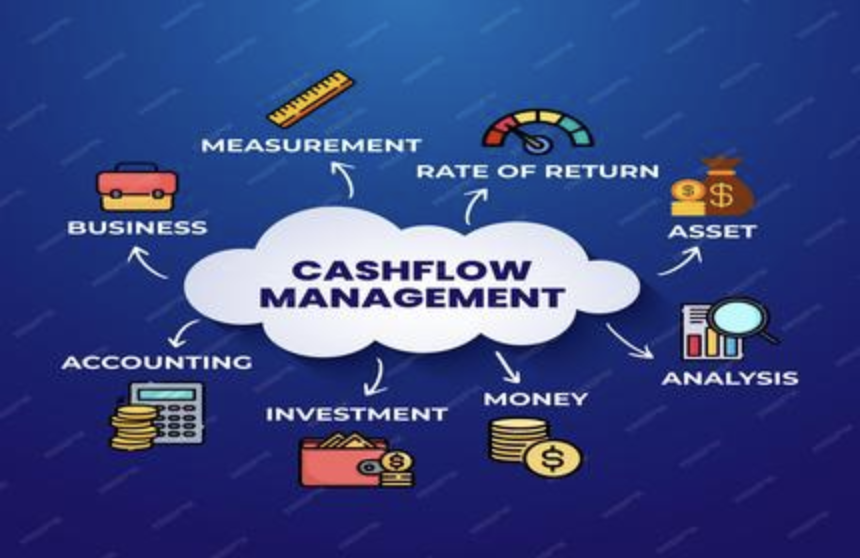In the turbulent global economic arena, supply chain finance is reshaping the business landscape with a posture that cannot be ignored. This is not only an innovation leap in the financial field, but also a key key for enterprises to break through the bottleneck of development and realize value-added.
The traditional supply chain is like a linear chain, and each link is closely dependent but limited by the stagnation of capital flow. Upstream suppliers often fall into the capital turnover dilemma because of the long account period, while downstream dealers may miss the procurement opportunity because of insufficient funds. When core enterprises expand their business, they are also struggling because of the constraints of supply chain funds. This kind of capital obstruction, like a tiny blood vessel obstruction, seems insignificant, but it can lead to the decline of the vitality of the whole commercial body.

However, when supply chain finance came into being, it was like a clear spring and injected into this rigid system. Asset securitization, an innovative measure, packages high-quality assets such as accounts receivable of enterprises and converts them into securities that can be traded in the financial market. This not only broadens the financing channels of enterprises, but also makes these seemingly static assets glow with new vitality in the wave of capital. Those accounts that were originally shelved suddenly turned into smart capital, injecting a steady stream of energy into the daily operation, technological upgrading and market expansion of enterprises.
At the same time, the risk assessment model based on big data is innovating the traditional credit assessment system. In the past, financial institutions used to rely on static data such as financial statements to evaluate corporate credit, just like identifying the path in the dim moonlight, which was inevitably inaccurate. Nowadays, with the help of big data technology, massive information in daily transactions of enterprises, such as order quantity, logistics data, payment habits, etc., can be included in the evaluation category. This enables financial institutions to describe the risk portrait of enterprises more accurately, and open the financing door for those enterprises with unlimited potential but limited by traditional evaluation, just like lighting a beacon for travelers in the dark and illuminating the way forward.

Looking forward to the future, the blueprint of supply chain finance is more and more magnificent. The integration of blockchain technology has built a solid barrier for the transparency and security of supply chain finance. Every transaction and every capital flow will be recorded on the ledger of the blockchain in a complete and unalterable manner. This not only reduces the risk caused by information asymmetry, but also consolidates the trust between upstream and downstream enterprises in the supply chain, just like building a commercial building on a solid cornerstone, making cooperation more stable.
With the deepening of global economic integration, cross-border supply chain finance is becoming a new growth engine. Financial institutions have expanded their international business maps to provide customized supply chain financial services for multinational enterprises. This not only helps enterprises to break through geographical restrictions and integrate global resources, but also promotes the deep integration of the global economy, allowing enterprises from different countries and different cultural backgrounds to work together in the same financial ecology.

In this wave of supply chain finance reform, only by actively embracing innovation can enterprises stand out in the fierce market competition and write their own business legends.







